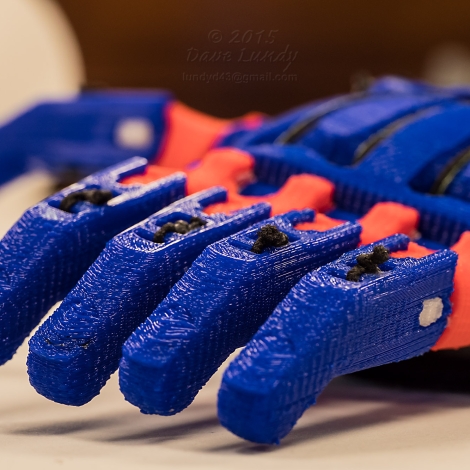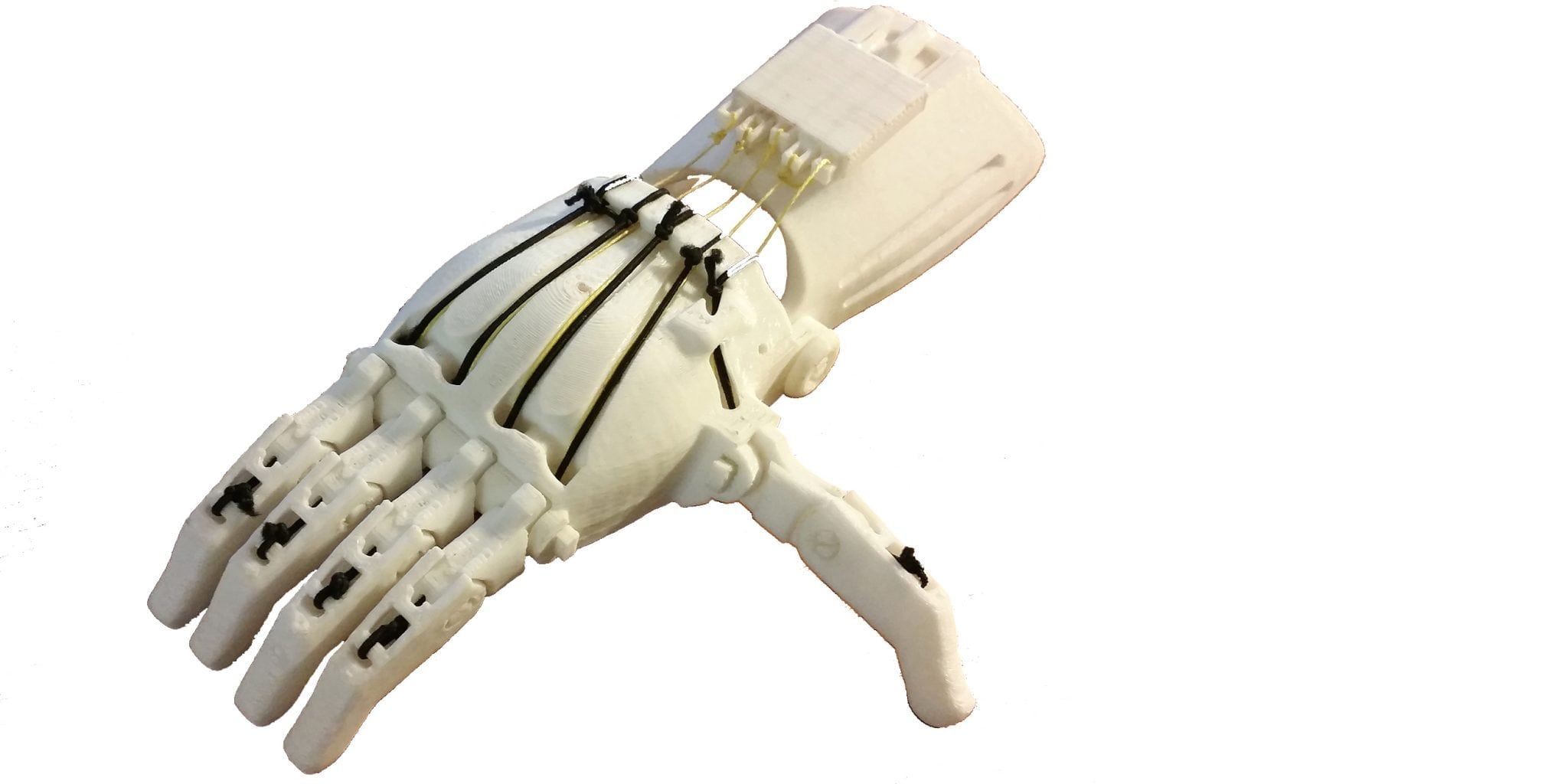Maybe, but gaps remain.
3D printing is disrupting industries around the world largely because of the availability of low-cost 3D-printing machines, ease of use, and high-yield products in low amounts of time. The field of prostheses is one of the disrupted industries. Prosthetic limbs are highly customizable products that can vary substantially from person to person and have been traditionally expensive to manufacture. Both of these factors make 3D printing an attractive option for manufacturing prostheses. The largest barrier to access prostheses is their cost. On average, a single prosthetic limb costs (USD) $4,500 and can go as high as (USD) $50,000, which is expensive for high-income countries, and unattainable for many people in low-income countries. Unfortunately, the need for prostheses is real in low-income countries. It is estimated that 30 million people in those areas need prostheses.
Read more | 3D-Printed Prostheses May Not Be Practical in Developing Countries, Yet
A quick search on the Internet yields dozens of open-source 3D-printable prosthetic designs. The attraction of using 3D printers to manufacture prosthetic limbs is manifold. For one, a 3D-printed prosthesis can be orders of magnitude cheaper than its traditional counterpart, which makes the limbs particularly useful for children in low-and middle-income countries who can grow out of their artificial limbs rather quickly. Printed prosthetic limbs are easily customizable, allowing users to design the aesthetics to their liking. One popular option is color combinations that resemble the arms of superheroes like Marvel’s Iron Man. Printed prosthetics can also be manufactured and maintained relatively quickly. Finally, the use of 3D-printing technology allows for rapid testing and design iteration.
Read more | Assistive Devices in Low-Income Countries: Adaptability and Recent Innovations
3D-printed prostheses sound great, so why aren’t we seeing more of them? There are five challenges to 3D printed prosthetics that are hindering their widespread adoption.
Challenge one: material selection
Traditional prosthetics are made from high strength, lightweight materials such as polyethylene, polypropylene, polyurethane, acrylics, titanium, aluminum, and even carbon fiber. 3D printers that are commonly found in maker spaces do not have the capability to print with such materials and rather use more common plastics such as ABS (think Lego bricks). However, studies have shown that ABS 3D-printed prosthetics have 10-73 percent of the strength of injection molded plastics. In recent years there has been a lot of innovation in 3D printing materials, so in addition to the common ABS and PLA filaments, now carbon-reinforced filaments, flexible filaments such as thermoplastic polyurethane, and conductive filaments are becoming more prevalent among the 3D printing community. It will be interesting to see how the innovations in 3D printing filaments influence prosthetic design.
Read more | What it Takes to Develop a Prototype Into a Product
3D printers that use metals such as titanium (ie. Selective Laser Melting 3D printing) exist and are becoming more popular in additive manufacturing. They require a large capital investment, however. Anywhere from (USD) $130,000 to $1 million. And their consumables are significantly more expensive than desktop plastic-printing 3D printers. These costs may be too high to justify purchasing such a setup. An alternative option may be to outsource the parts that need to be printed using metal. Open source 3D printable designs do not yet feature metal components, but this will likely change in the near future.
Challenge two: durability
In short, printed prosthetics break more frequently and require more maintenance than traditional prosthetics. Most of the open-source prosthesis designs that exist are for upper limb loss, because lower limb printed prosthetics break too quickly due to their inability to support large weights for long durations. Aside from the difference in material properties between traditional and printed prosthetics, the variabilities in the 3D printing process itself, such as temperatures, the orientation of parts, and resolution all contribute to inconsistencies between parts and ultimately reduced durability.
Challenge three: post processing
After the prosthetic parts are printed, they must be assembled and properly fitted and adjusted to the user by a trained professional. Trained professionals are essential in these steps to ensure the prosthetic fits the user properly and can actually be usable. Unfortunately, such trained professionals can be hard to find in low-income countries.
Challenge four: technological availability
3D printers are relatively inaccessible items in low-income countries, especially in the health sector. There are not enough 3D printers and the 3D printer distribution among regions is too poor to rely on the technology for producing prosthetics. However, 3D printing is slowly gaining popularity low- and middle-income countries, and larger populations increasingly recognize its benefits. Ghana is an example. Rapid additive manufacturing of prostheses, and of other items, is slowly becoming a more accessible option.
Challenge five: no standards
A key factor that is currently missing from the prosthetic printing field is the presence of standard operating procedures to address the variance in printed components. These procedures will have to be made such that the final product is in compliance with national and international standards, such as the ISO standards.
A bright future
Despite these challenges, the future of printed prosthetics is bright and may soon transform the lives of millions of people for the better. There is a huge gap to fill and 3D printing may be the solution.
About the Author
Marie Floryan is an E4C Research Fellow. She holds a Bachelors of Applied Science in Mechanical Engineering at the University of Toronto, and has begun an SM in Mechanical Engineering with a focus on bioengineering at MIT. Marie has worked on several global engineering projects, including the improvement of sandbagging efficiency for flood response, and designing a compost system for a Northern Ontario First Nation Community.

